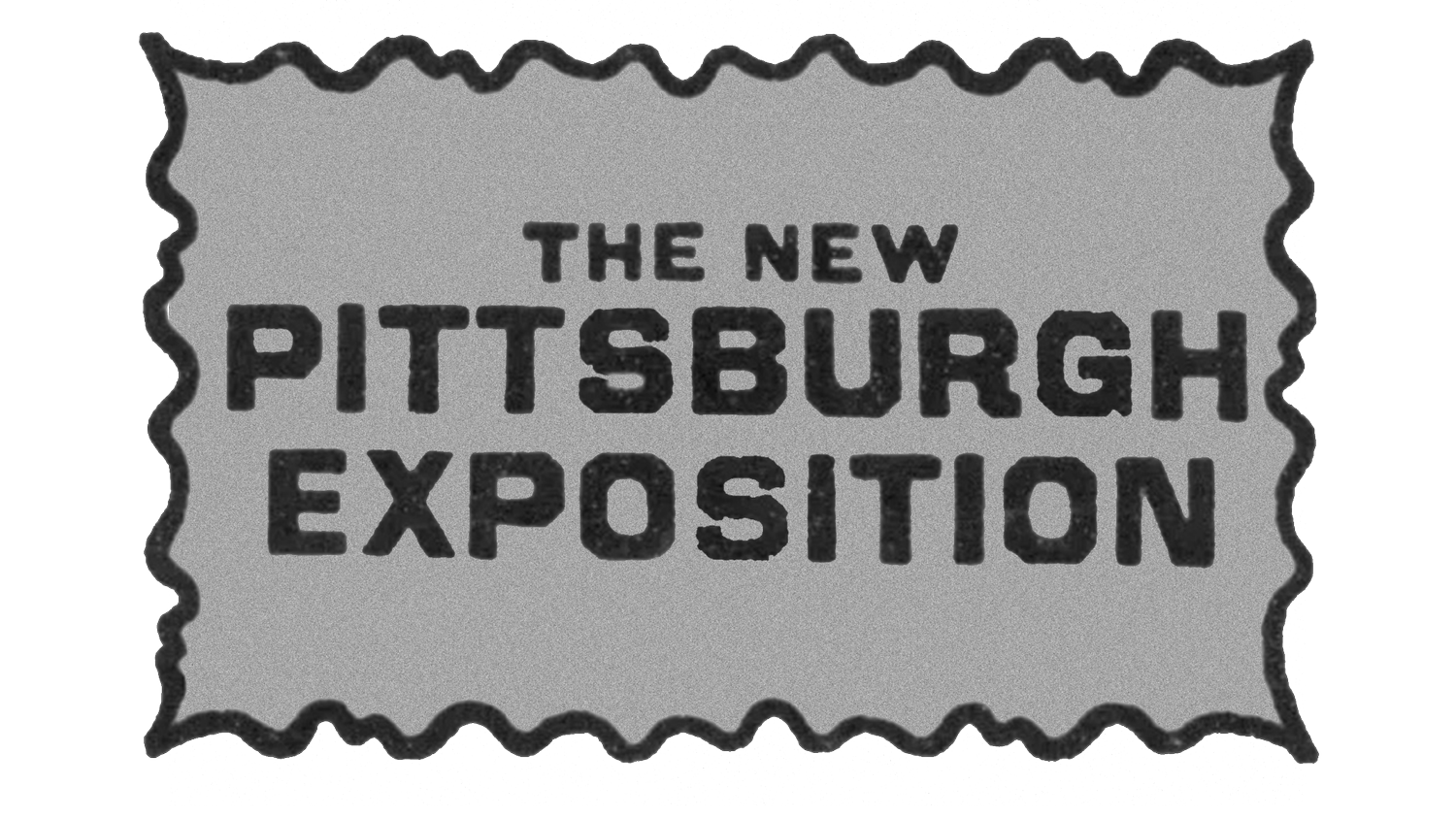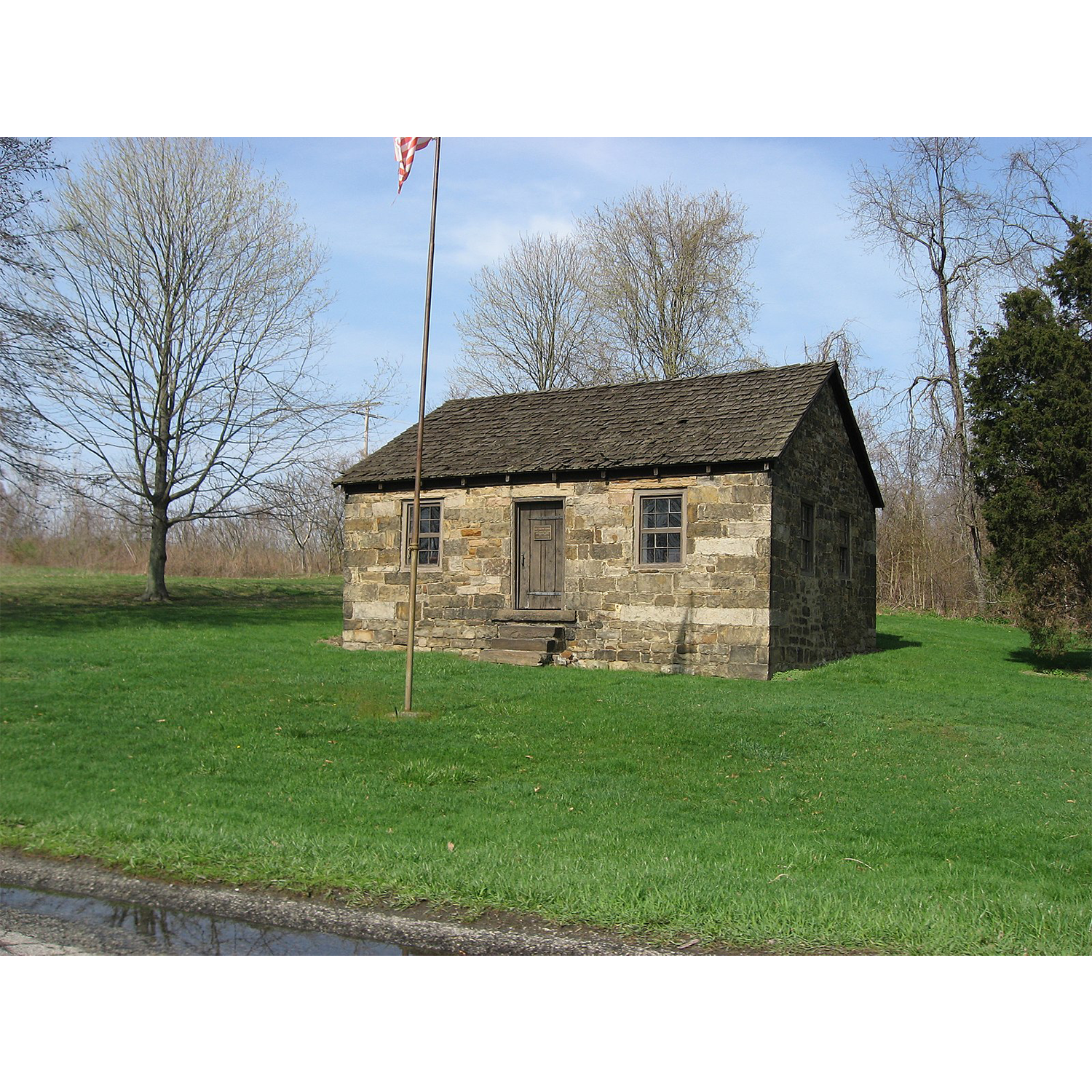Concord School
Courtesy of Nyttend
30 May 2011
Website:
https://www.rostraver.us/government/committees/historical_society/concord_school_house.php
Telephone Number:
Location:
T369 Crest Ave, Belle Vernon, PA 15012
Description:
Old "Concord School" was built in 1830 as a one room subscription school house. Subscription one room school houses were erected in the township to alleviate the problem of distance. The name subscription comes from the fact that each family subscribed a sum of money to the support of the school. In 1830, Concord School was the last subscription school to be built in the township.
As was the tradition for subscription schools, the building materials were gathered locally, stone from the fields and the wood from the nearby forests. Glass for the original windows came over the mountains by pack horses or wagon train. Plaster was made from lime (burned locally), sand from the nearby creek bed, and hair from a tannery on nearby Cedar Creek. Iron, for the few nails, came from the Alliance Furnace on Jacobs Creek.
The building had eight windows with six panes of 9 by 10 glass in each for lighting. The oak boards for the floor and split logs for the benches were sawed by water power at a mill on Cedar Creek. The benches were made from split logs smoothed on one side. They had no backs and were often so high that the smaller students could not touch the floor with their feet. Planks were extended around three sides of the room for the students to write on. The only heat for the building came from a fireplace in the corner of the room. Drinking water, which had been obtained from the well behind the school, was found in a bucket at the front of the room with one gourd dipper for all students to share.
Before the Free Public School Law of 1834, there were no means of taxation to provide for education. Parents who wanted their children to be educated had to provide means of payment for these services. In most cases 25 cents per month was asked for each person enrolled in school. Many times goods or farm products were traded of an education.
There were no blackboards or erasers to dust in the early subscription schools. Some children had slates to write on, because paper was expensive and scarce. Books were few and far between. The family usually purchased the books, and in most cases passed them on to the next child in the family or sold them to a neighbor who was in need of books.
From township’s website

